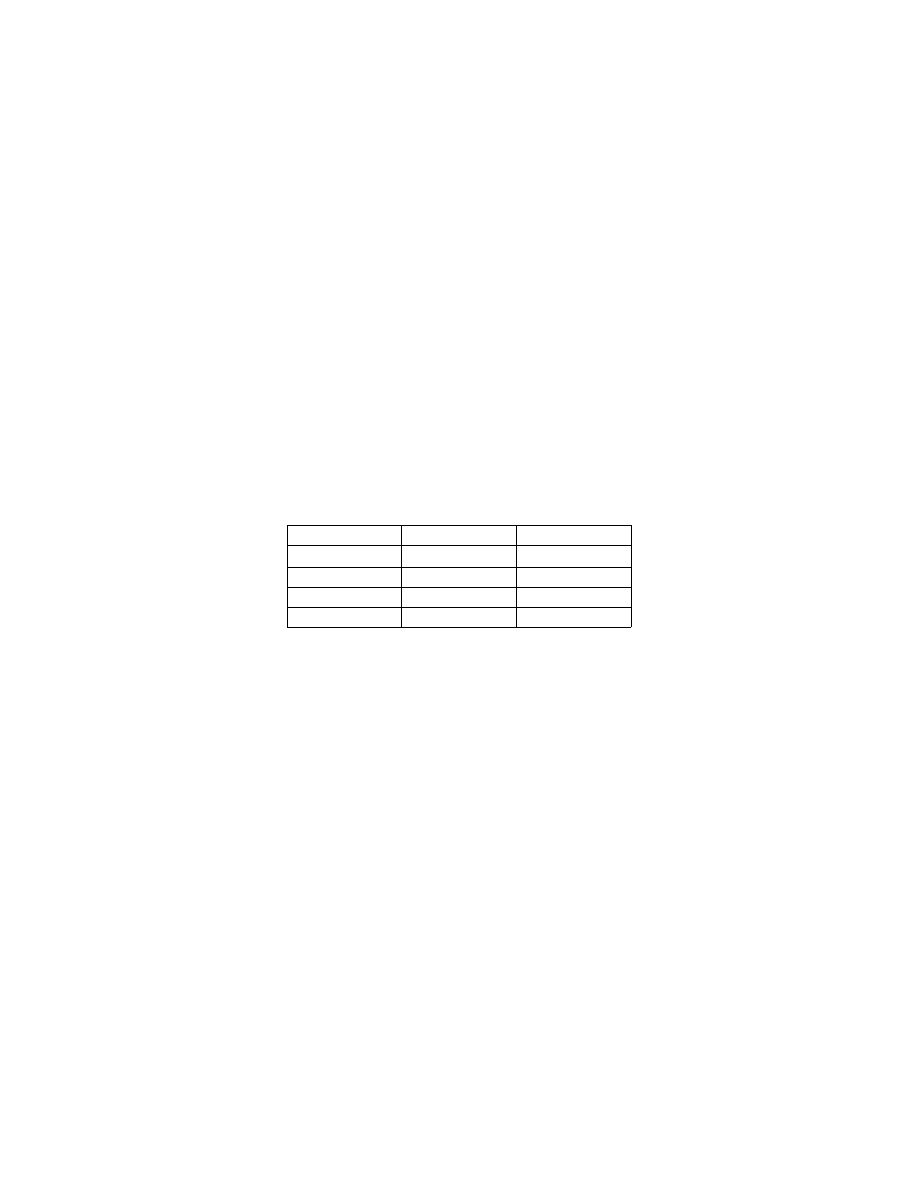
4/20/23
AIM
1.
ILS marker beacons have a rated power output of 3 watts or less and an antenna array designed to produce
an elliptical pattern with dimensions, at 1,000 feet above the antenna, of approximately 2,400 feet in width and
4,200 feet in length. Airborne marker beacon receivers with a selective sensitivity feature should always be
operated in the “low” sensitivity position for proper reception of ILS marker beacons.
2.
ILS systems may have an associated OM. An MM is no longer required. Locations with a Category II
ILS also have an Inner Marker (IM). Due to advances in both ground navigation equipment and airborne avionics,
as well as the numerous means that may be used as a substitute for a marker beacon, the current requirements
for the use of marker beacons are:
(a)
An OM or suitable substitute identifies the Final Approach Fix (FAF) for nonprecision approach
(NPA) operations (for example, localizer only); and
(b)
The MM indicates a position approximately 3,500 feet from the landing threshold. This is also the
position where an aircraft on the glide path will be at an altitude of approximately 200 feet above the elevation
of the touchdown zone. A MM is no longer operationally required. There are some MMs still in use, but there
are no MMs being installed at new ILS sites by the FAA; and
(c)
An IM, where installed, indicates the point at which an aircraft is at decision height on the glide path
during a Category II ILS approach. An IM is only required for CAT II operations that do not have a published
radio altitude (RA) minimum.
TBL 1
−
1
−
3
Marker Passage Indications
Marker
Code
Light
OM
BLUE
MM
AMBER
IM
WHITE
BC
WHITE
3.
A back course marker normally indicates the ILS back course final approach fix where approach descent
is commenced.
g. Compass Locator
1.
Compass locator transmitters are often situated at the MM and OM sites. The transmitters have a power
of less than 25 watts, a range of at least 15 miles and operate between 190 and 535 kHz. At some locations, higher
powered radio beacons, up to 400 watts, are used as OM compass locators.
2.
Compass locators transmit two letter identification groups. The outer locator transmits the first two letters
of the localizer identification group, and the middle locator transmits the last two letters of the localizer
identification group.
h. ILS Frequency
(See TBL 1
4.)
Navigation Aids
1
−
1
−
15